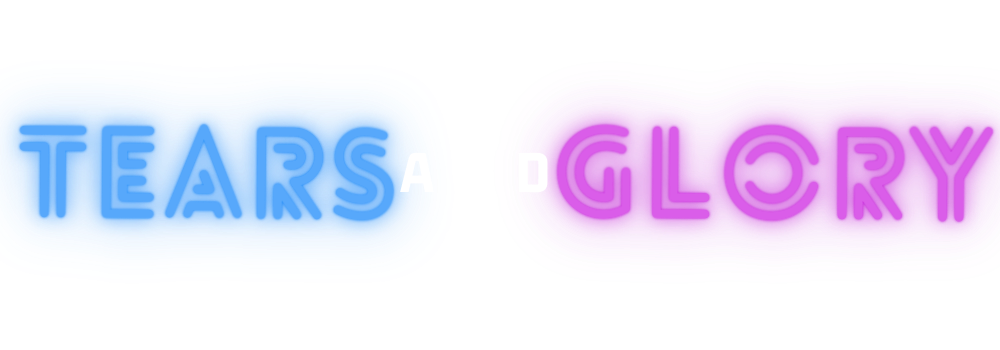An admissions essay John G. Roberts would love…
The recent Supreme Court decision on affirmative action has brought attention to the admissions essay as a replacement venue for expressions of identity. But the essay has always been a stealth tool for applicants, especially those with less-than-perfect grades or test scores. There is no weapon more powerful than a well-made story in persuading someone to give us something we want. (What are elections? Money + stories.) But it's a sensitive weapon whose potential for success and misfire is equally high. It's hard to tell a moving, persuasive story that doesn't feel calculated.
It has also become much harder to know what to say, and how to say it. The days when stories of helping the less fortunate or overcoming adversity were enough to get students with good grades into selective schools have passed. Meanwhile, according to Chief Justice Roberts, even though “[n]othing in this opinion should be construed as prohibiting universities from considering an applicant’s discussion of how race affected his or her life... universities may not simply establish through the application essays or other means the regime we hold unlawful today." (Chief Justice and Editor-in-Chief!)
How to navigate all this? Let me give you an example.
One of my favorite collaborations involved an essay by a young woman whose love of debate made her want to study the law. She thought her immigrant parents would be thrilled with such a stable career choice. They weren't -- they wanted her to study medicine. In another essay, the applicant would have stood up for herself, in the fine American tradition of blazing one's own way, fears be damned. But this applicant didn't have the -- courage? disrespect? -- to do that, and entered a pre-medicine track. It was a double life -- law remained her true love. Eventually, the burden became too great, and in a tearful confrontation, she told her family that she would be applying to law rather than medical school. The truth out in the open, she spent a year after college at a prestigious law firm. There, she was stunned to discover that she... missed medicine. The realization left her with the painfully-earned understanding that she wanted to study law related to science.
In its subtle but explicit disavowal of several noble but tired American myths -- immigrant parents often misunderstand their children; rebellion is always a good thing; pursuits forced on us by duty are always a mistake -- the essay was intricate, counterintuitive, and wise. These were the insights of exactly the sort of applicant an admissions officer wants. (She was admitted to all the top law schools.)
You will notice that nearly none of the student's essay leaned on her identity other than in basic factual biographical ways. What made her interesting was her circuitous, searching, and humbling story of fitful self-understanding, its lessons nearly universal, indeed. But the personal background is there, neither pushy nor absent -- sort of how it is in life.
It's a story, of course. We framed it in a specific way, we emphasized certain things, we articulated with sophistication others that could have been stated in much less interesting ways. Call it "disciplined candor," or "varnished vulnerability." The essay was both true and a story. That is the art. Last week in the Times, an essayist wrote: "I agonized over how — and whether — to talk about my race in ways that would mark me as a possible diversity hire. It felt like cheating to check the box and like self-sabotage not to." If you have similar questions about how to represent oneself in ways that do justice to one's individual experience without exploiting it, this is one of the answers. This is the art.
